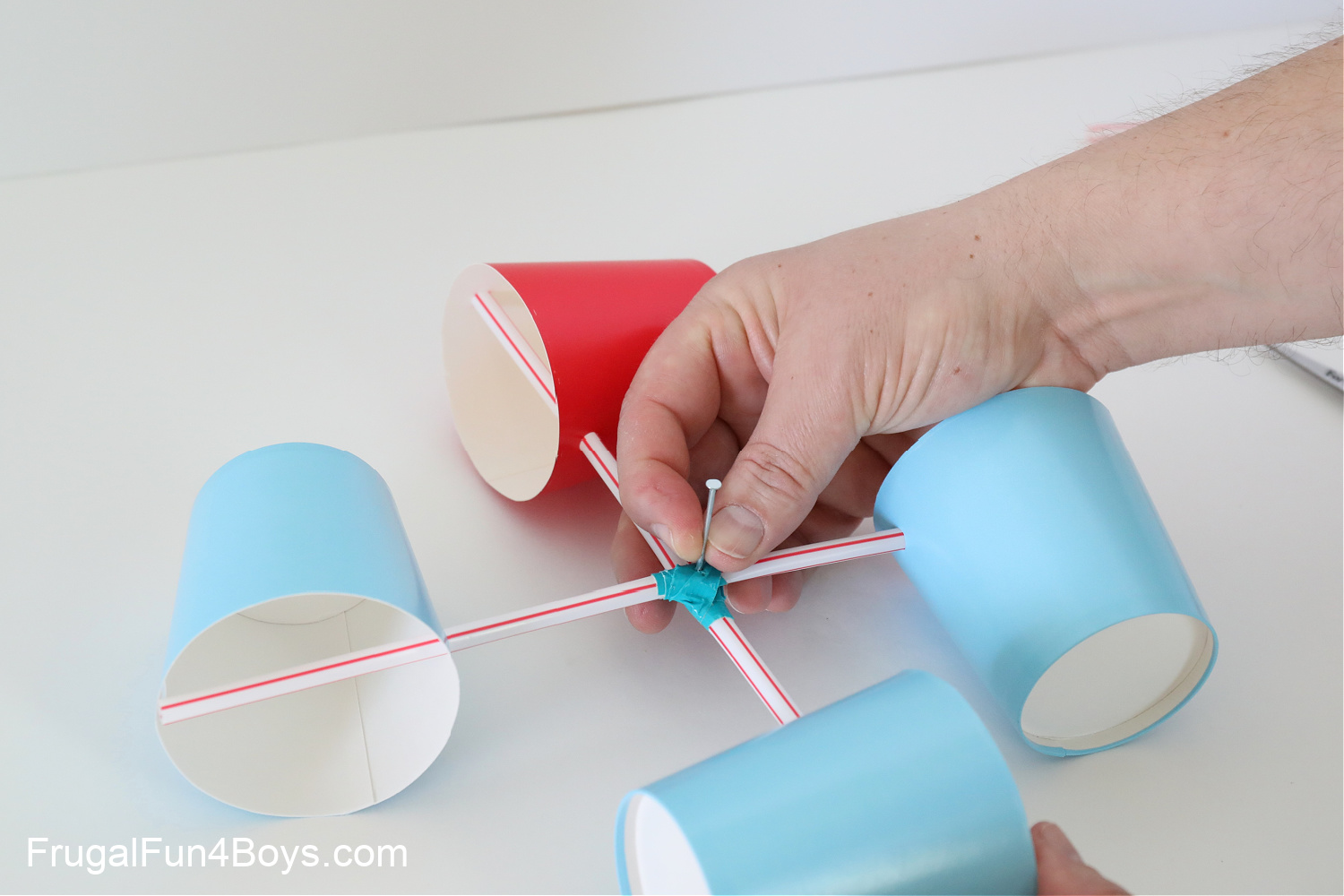Leading Functions to Seek in an Effective Anemometer for Accurate Wind Measurement
Leading Functions to Seek in an Effective Anemometer for Accurate Wind Measurement
Blog Article
Anemometers Unveiled: Understanding Their Value in Ecological Tracking and Safety Actions
The role of anemometers in environmental monitoring and precaution is frequently undervalued, yet their relevance is undeniable. These tools have a long history rooted in scientific questions and technological advancements, developing to end up being crucial tools in numerous areas. From meteorology to air travel security, anemometers play an important role in providing exact information that informs decision-making procedures and improves overall safety and security. Understanding the details of anemometers unveils a globe of crucial insights that are fundamental to our understanding of the setting and the procedures we take to make certain safety and security.
History of Anemometers
The evolution of anemometers can be traced back to the old civilizations where basic wind measuring devices were very first used. These very early wind measurement tools laid the foundation for the growth of extra advanced anemometers gradually. One of the earliest well-known anemometers was the hemispherical mug anemometer designed by Leon Battista Alberti in the 15th century. This design included four hemispherical cups that accumulated wind energy, providing a measurement of its intensity based on the speed of rotation.
Over the years, advancements in modern technology led to the development of more modern anemometers, consisting of ultrasonic anemometers and laser Doppler anemometers, using enhanced precision and efficiency in measuring wind speed and direction. The history of anemometers showcases an impressive journey of development and progression in the area of weather forecasting.
Kinds Of Anemometers
Throughout the area of meteorology, different types of anemometers have been developed to properly measure wind speed and direction. Sonic anemometers make use of ultrasonic signals to determine wind rate and instructions properly. Hot-wire anemometers run based on the concept that the cooling result of wind on a heated cord is proportional to the wind speed.
Applications in Weather Forecasting
Having talked about the numerous kinds of anemometers utilized in weather forecasting for gauging wind rate and instructions, it is necessary to explore their functional applications in the area. Anemometers play an important role in weather forecasting by giving real-time and accurate data on wind conditions (anemometer). Meteorologists make use of anemometers to monitor wind speed and instructions to forecast weather patterns, concern warnings for severe weather occasions like hurricanes, storms, and cyclones, and evaluate atmospheric conditions for air travel safety and security
In meteorology, anemometers help in understanding local and local wind patterns, which are vital for anticipating weather condition modifications and identifying climatic patterns. These tools are additionally used in research study to examine microclimates, urban warmth islands, and air contamination dispersion. In addition, anemometers are used in farming to maximize crop monitoring practices, such as watering and chemical application, based on wind conditions.
Value in Aviation Safety
An essential facet of making certain aeronautics safety and security hinges on the precise tracking of wind conditions using anemometers. Anemometers play a crucial function in aviation by offering real-time data on wind speed and instructions, helping pilots in making informed choices throughout liftoff, touchdown, and trip. Strong and unforeseeable winds can dramatically affect aircraft procedures, making it vital for aeronautics authorities to rely upon exact wind dimensions to make sure the safety and security of travelers and team.

In the dynamic environment of aviation, where also minor adjustments in wind rate and direction can have profound impacts, anemometers stand as crucial tools for advertising secure and secure flight.
Function in Environmental Research
Anemometers play a crucial duty in environmental study by giving important data on wind rate and instructions. By properly measuring wind characteristics, anemometers assist researchers analyze the movement of toxins in the air, assess the influence of industrial exhausts, and predict the spread of impurities in the atmosphere.


Conclusion
To conclude, anemometers have played a critical duty in ecological tracking and security actions. With a rich history and numerous types offered, these devices have been commonly utilized in meteorology, aeronautics safety and security, and ecological study. Understanding the importance of anemometers is crucial for visit this web-site accurately determining wind rate and instructions, which is important for anticipating weather patterns, ensuring risk-free aviation procedures, and performing environmental studies - anemometer. Their payments to these fields can not be underestimated.
One of the earliest recognized anemometers was the hemispherical cup anemometer invented by Leon Battista web Alberti in the 15th century. Over the years, improvements in technology led to the advancement of even more modern anemometers, consisting of ultrasonic anemometers and laser Doppler anemometers, offering enhanced accuracy and performance in measuring wind speed and instructions. Hot-wire anemometers operate based on the concept that the cooling effect of wind on a warmed cord is symmetrical to the wind speed. Meteorologists utilize anemometers to keep an eye on wind speed and instructions to forecast weather patterns, concern warnings for severe weather condition events like twisters, hurricanes, and tornados, and evaluate climatic conditions for aviation safety.
Recognizing the value of anemometers is essential for properly determining wind speed and instructions, which is important for anticipating climate patterns, making sure safe air travel operations, and carrying visit here out environmental researches. (anemometer)
Report this page